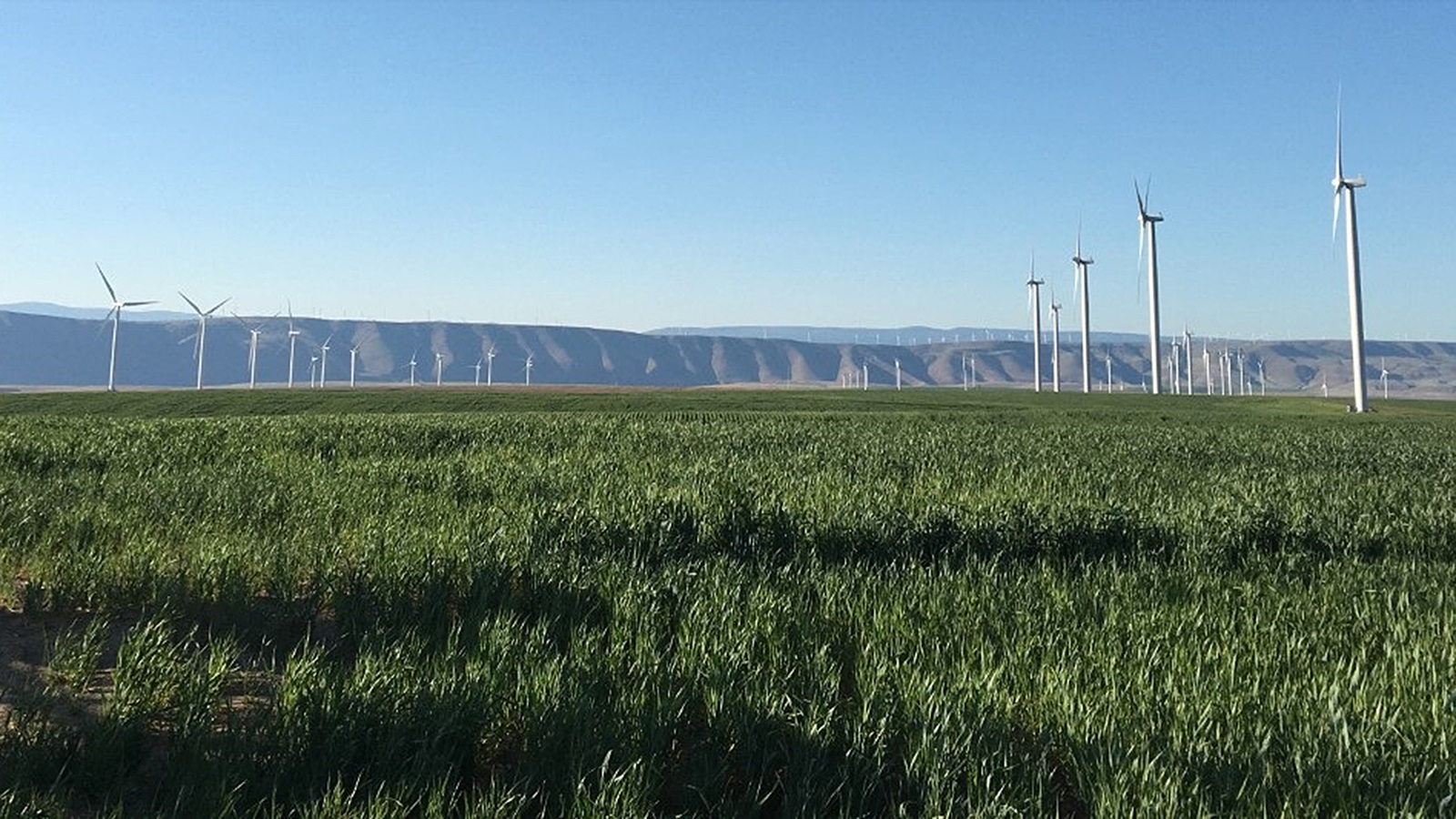Hot air rises, cold air sinks. It’s a basic rule of nature.
Because it sinks, cold air often collects in depressions or low-lying land like a valley or basin, especially at night as temperatures decrease. As the sun rises and temperatures rise, the cold air warms and mixes with the surrounding air. During winter, and even into spring, this cold air can linger — often for several days — in a phenomenon known as a “cold pool event.”
Cold pools can trap pollutants that would normally mix and disperse with larger air currents, causing serious health risks in heavily populated urban areas. Known to reduce wind speeds and produce freezing rain, cold pools can also negatively impact wind turbines in the area, lessening electricity production in the short term and potentially damaging turbines.
Researchers at the U.S. Department of Energy’s (DOE) Argonne National Laboratory recently collaborated in an 18-month, multi-institutional field campaign with the National Oceanic and Atmospheric Administration and other DOE-sponsored laboratories to study cold pool events in the Columbia River Gorge, along the Oregon-Washington border. The goal of the research is to better understand and forecast cold pool events, as part of DOE’s Wind Forecast Improvement Project.
“If you cannot predict these events, you can’t plan for and accommodate changes in your production of electricity. You think you will be producing a certain amount of electricity one day, but with sudden low winds caused by a cold pool event, you won’t be.” — Paytsar Muradyan, assistant atmospheric scientist
“As it stands, cold pool events are not well depicted for numerical weather prediction (NWP) models,” explained assistant atmospheric scientist Paytsar Muradyan of Argonne’s Environmental Science division. “Without accurate forecasting of these events, it becomes very difficult to prepare for them, particularly for energy producers.”
Inclement weather caused by cold pool events can decrease the longevity of wind turbines, particularly if the turbines are still active during these poor conditions. Freezing rain, for example, will still damage turbines at rest, but will cause more damage the faster they are moving, leading to issues with the overall production of electricity and the stability of the electrical grid. The electric grid connects electricity from producers (like from wind farms) to consumers such as homes, businesses, and other establishments.
“If you cannot predict these events, you can’t plan for and accommodate changes in your production of electricity,” said Muradyan. “You think you will be producing a certain amount of electricity one day, but with sudden low winds caused by a cold pool event, you won’t be.”
The unpredictable effects of cold pool events on electricity generation can continue even after the event has subsided. When the cold air finally does mix with and disperse into warmer air, it can cause sudden and dramatic shifts in wind speed and direction, referred to as “ramp-ups” or “wind ramps.”
“Improving the prediction of these wind ramps can lead to a more stable electrical grid and an overall lower cost of electricity,” Muradyan explained.
To get to those predictions, the researchers collected large amounts of data to characterize cold pool events. These data can then be used to improve parametrization (a form of atmospheric modeling to replace processes too complex or small to otherwise display in models) for NWP models. The researchers were primarily interested in collocated vertical profiles (parallel graphs showing how weather varies depending on height) of wind speed, wind direction, temperature and humidity to develop criteria for cold pool identification.
Argonne provided two types of wind measuring equipment called wind profilers. One type uses radar and the other uses sonar. Both were used to analyze the depth of the cold pools and the wind speed distribution (how far it spread). Two radio acoustic sounding systems were used for temperature profiling.
“The idea was to use these measurements, gathered in a complex terrain like the Columbia River Gorge, to develop criteria to determine whether a cold pool event is taking place,” said Muradyan. “Factoring in the length of the events, we developed an algorithm (procedure) to identify all of the cold pool events during the 18 months of the study.”
The algorithm, Muradyan continued, could potentially be applied to other locations to improve NWP forecasting of inclement weather caused by cold pool events.
“Getting advance notice to the average citizen, as well as energy companies, is what we’re striving for,” she added, “because this research has the potential to improve health and reduce energy costs.”
This research was sponsored by the DOE Office of Energy Efficiency and Renewable Energy’s Wind Energy Technology Office. An article describing the research, “Identification and Characterization of Persistent Cold Pool Events from Temperature and Wind Profilers in the Columbia River Basin” was published in the Journal of Applied Meteorology and Climatology in November 2020.
Original article published on February 24, 2020
The U.S. Department of Energy’s Office of Science is the single largest supporter of basic research in the physical sciences in the United States and is working to address some of the most pressing challenges of our time. For more information, visit https://energy.gov/science.
